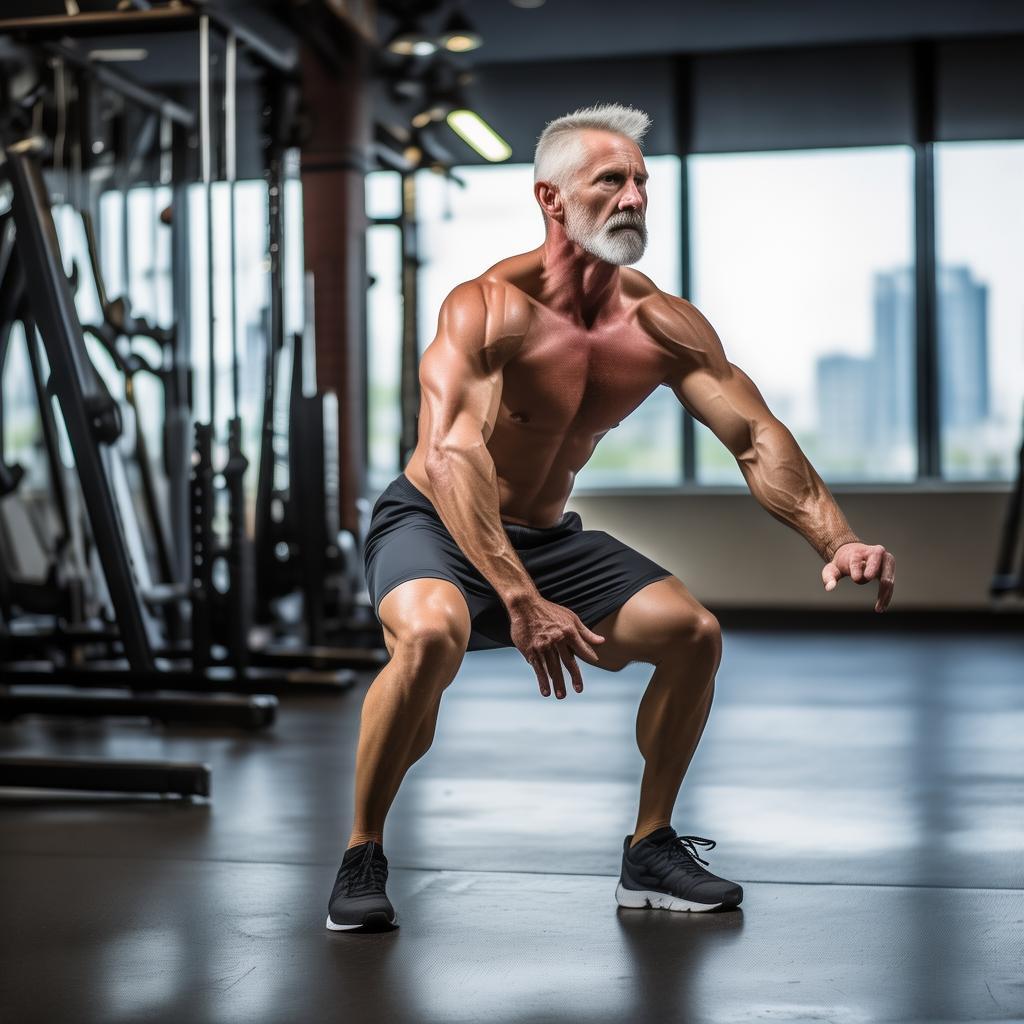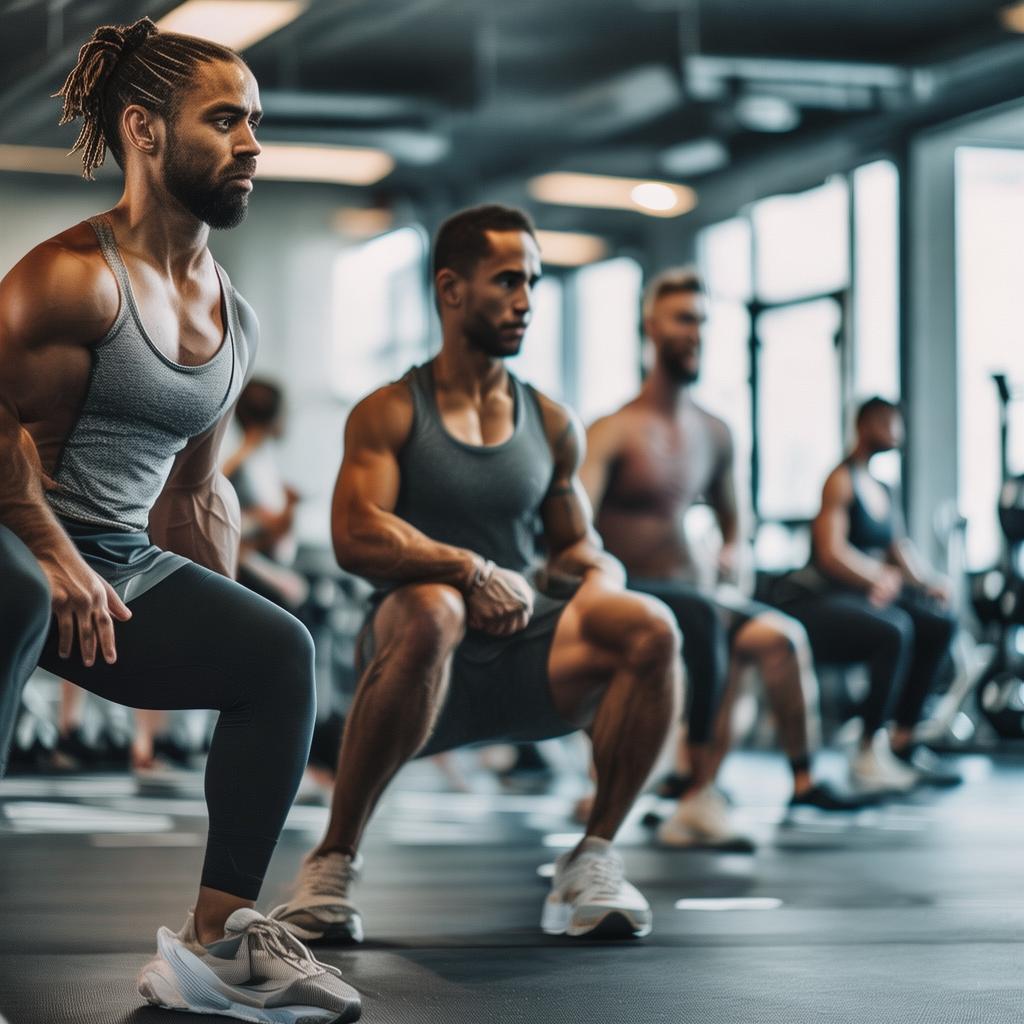Single – Leg Training Also Strengthens Leg Muscles
In the gym, there is always a group of people who confidently head to do leg squats each time. However, after no more than a few sets of squats, they start to suffer from lower back pain. Even with an adequate warm – up, the lower back stiffness makes it hard to improve this situation. It’s not that they don’t love squatting. For those who truly love working on their legs, squats are not the only option. There are many variations of the unilateral squat available, such as the Bulgarian split – leg squat or the pistol squat. These movements are excellent for building stable lower body and core strength.
What is a Unilateral Deep Squat?
By a unilateral deep squat, we simply mean a squat where the feet are not side by side. The unweighted leg can be a few feet behind the body (like in a lunge), or on a bench behind you (as in the Bulgarian split – leg squat), or in front of the body (as in the pistol squat). The reaction force perpendicular to the ground (controlled by the leg muscles) is greater in the unilateral deep squat than in the conventional two – legged squat. As a result, unilateral squats can generate significantly higher barbell speeds, which is a great way for people with lower back pain to produce more energy.
Benefits for Leg Development
You might be confused as the free squat is a two – legged strengthening movement, yet you wonder if the single – leg side squat is not as effective as the deep squat for leg training. Firstly, using a lower weight with higher reps will surely lead to a stronger pump. Unilateral squats also stimulate the hamstrings, calves, glutes, and abdominals just as much as double – leg squats. Of course, the quadriceps may not get as much stimulation as in a normal double – legged squat, but you can do some leg flexion extensions while recovering your back muscles. Through leg flexion, the quads will still get plenty of development.
Considering the Back
On one hand, unilateral squats do not activate the erector spinae muscles as well as double – legged squats. But when it comes to lower back pain, unilateral squats are actually a good thing. Although they put stress on the abdominal muscles, they put much less pressure on the lower back than double – legged squats. Reducing the stress on the lower back means you can start increasing the weight of your unilateral squats (instead of giving them up completely).
Unilateral Deep Squat Workout Example
If it’s leg day and you have back pain, first, visit a doctor to ensure safe working – out. If you can train, try this planned workout and adjust it according to your body and needs:
-
Unilateral squat with barbell or dumbbell: Choose a barbell or dumbbell based on your familiarity and comfort with the movement, and select the right distance between your feet. Start with a conservative weight and work up to 4 sets of 8 reps per leg, with 90 seconds rest in between.
-
Dumbbell arrow squats: Keep the core engaged and do 4 sets of 8 reps on each leg.
-
Dumbbell single – leg Romanian hard pull: Do 4 sets of 8 reps on each leg, with 1 minute rest between sets. Ensure it is a hip – driven movement, not bending too much towards the floor and don’t lower it too low, even above knee height. Maintain constant tension to give the hamstrings more intense stimulation.
-
Unilateral leg curls and extensions: Keep the weight light to ensure the lower back is not under too much stress. Do 4 sets of 15 reps each without cheating. If you can do 15 full reps, consider challenging yourself with a bigger weight.
-
Seated calf raises: Standing calf raises may be tempting, but the body may not be able to handle the extra strain. Complete 4 sets of 15 reps of seated calf raises. Slow down and emphasize the top contraction of the movement without cheating. For those without injuries, this movement is great for training balance, stability, and can be beneficial for free squats.
Leg training can be tough, but when the results are great, all the effort feels worthwhile. One or two leg training sessions per week can bring visible breakthroughs.





